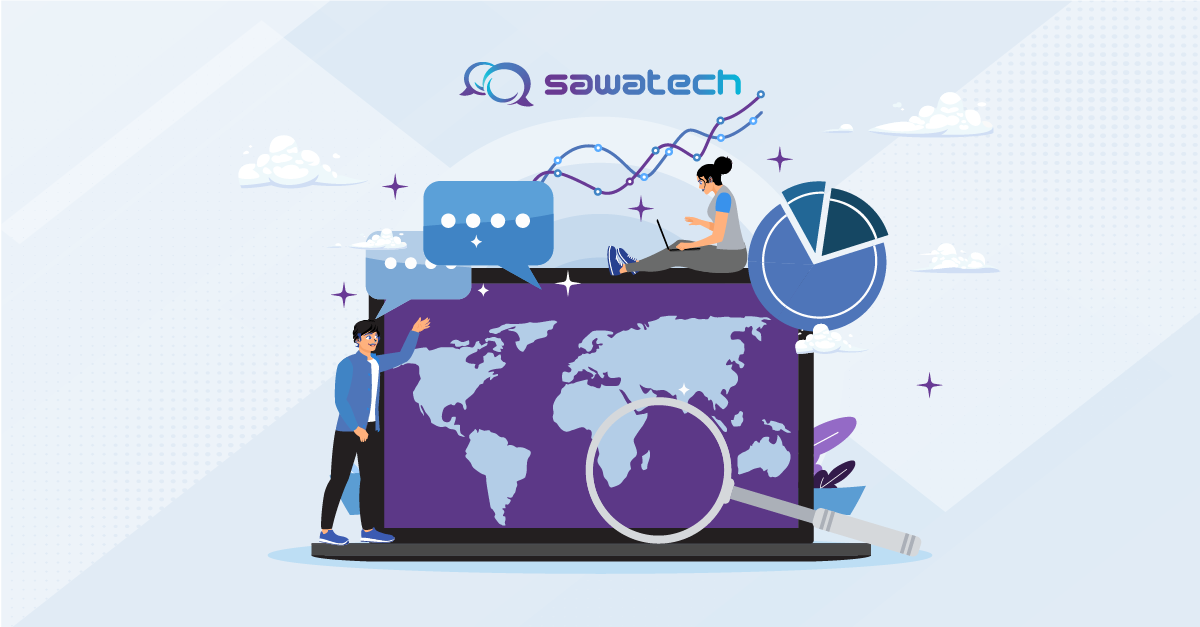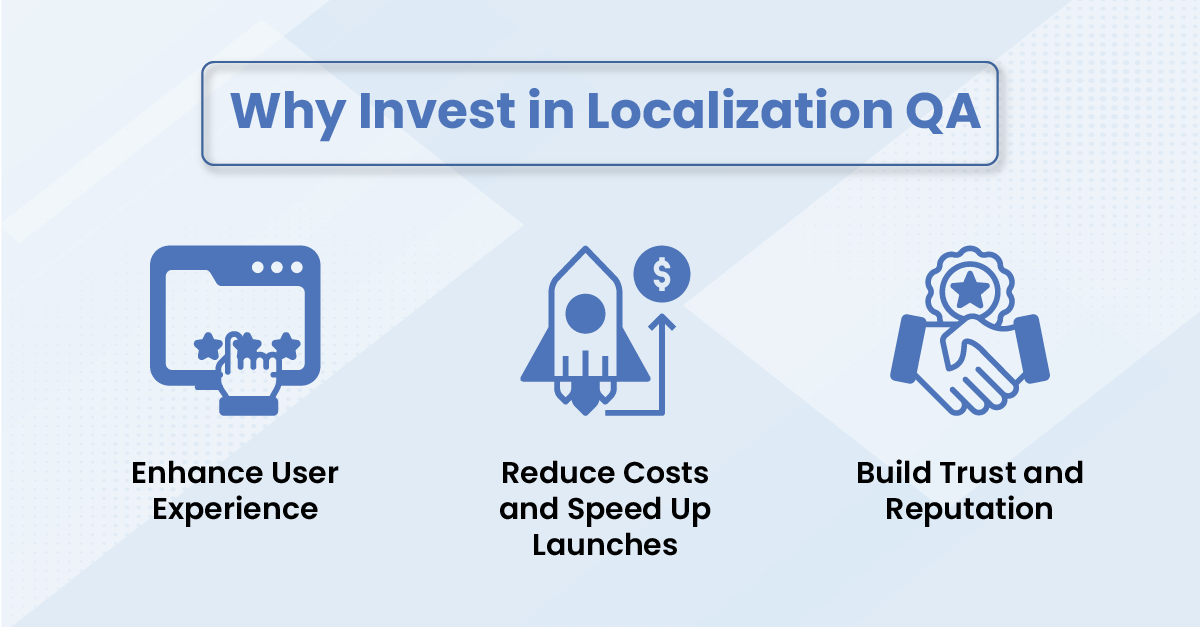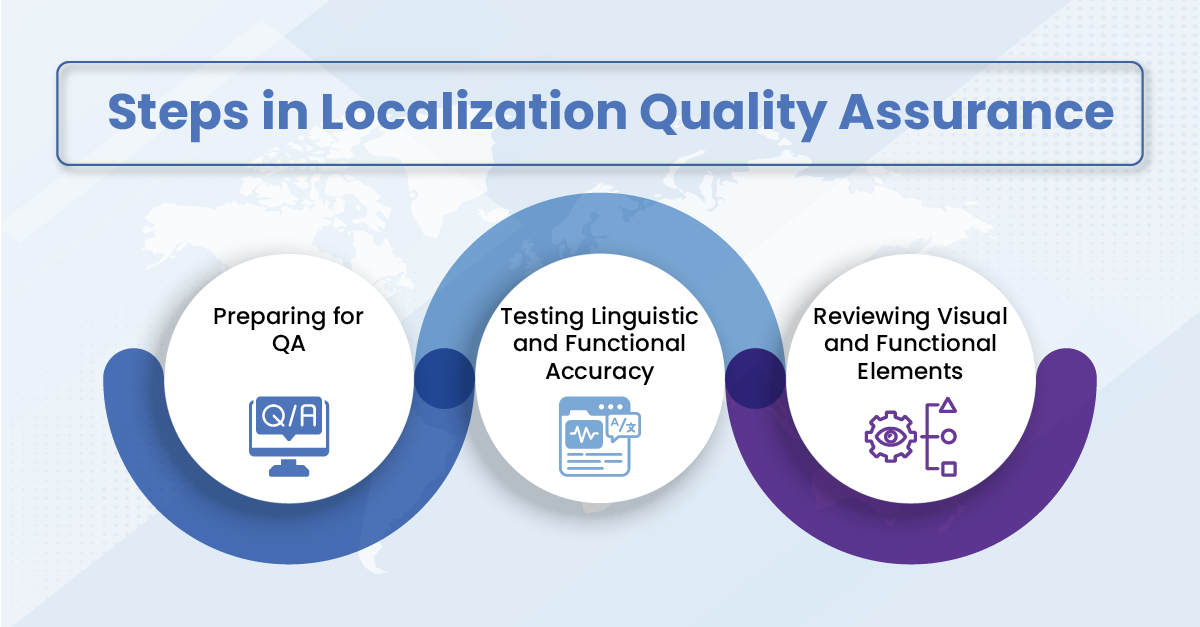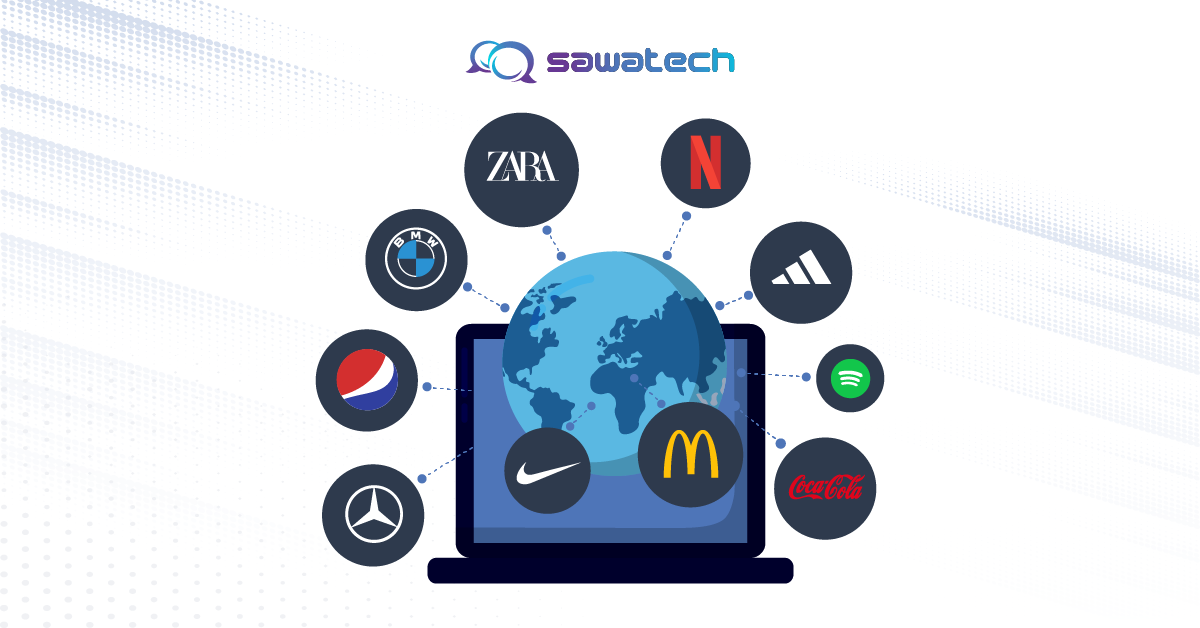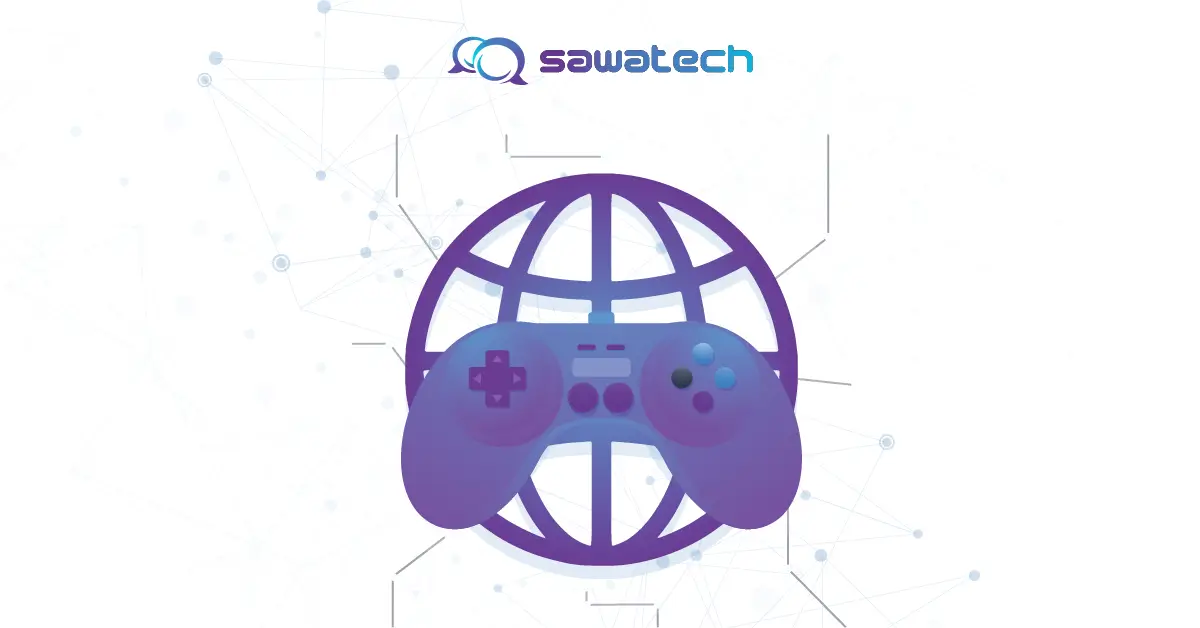Localization QA (Quality Assurance) is the process of reviewing translated and localized content to ensure it’s accurate, culturally relevant, and fully functional in the target market. It goes beyond basic translation checks by verifying that content aligns with local norms, language nuances, and technical requirements, making it feel natural to users in different regions.
Strong localization QA plays a vital role in reducing costly errors, improving user experience, and strengthening brand reputation worldwide. It ensures that products, websites, apps, or marketing materials work seamlessly for international audiences, helping businesses expand globally with confidence. This blog will explore the benefits of localization QA, outline its key steps, and share best practices to get it right.
What is Localization Quality Assurance (LQA)?
Localization QA (Quality Assurance) is the process of thoroughly reviewing translated and localized content to ensure it meets the linguistic, cultural, and technical standards of the target market. It goes beyond checking for spelling or grammar mistakes, focusing on whether the message feels natural, the tone is appropriate, and the content respects cultural norms.
Unlike regular proofreading, localization QA also examines design and functionality. It ensures that text fits properly in layouts, links work as expected, and the user interface is easy to navigate. This makes the final product not just correct in language, but fully adapted to provide a smooth experience for local users.
Why Localization Quality Assurance Matters
Localization QA is essential because it helps brands avoid errors that can confuse or offend users in different regions. A single mistranslation or overlooked cultural reference can damage credibility and reduce user trust. QA ensures that every detail, from wording to visuals, is tailored to the target audience.
It also improves the overall user experience by identifying technical or design issues early on. For example, a website might display broken links in certain languages, or an app’s button text could get cut off. Proper QA testing finds these problems before launch, ensuring a flawless and culturally appropriate product.
Explore our Back Translation Services to add an extra layer of accuracy to your localization projects.
The Benefits of Localization Quality Assurance
1. Enhancing User Experience and Engagement
Localization QA ensures that every piece of content feels natural, relevant, and easy to understand for local audiences. It checks not only the accuracy of the translation but also cultural references, tone, and usability, making users feel like the product was built specifically for them.
For example, a mobile banking app that undergoes thorough QA may display currency formats, date styles, and instructions correctly for each region. This leads to higher user adoption rates, smoother interactions, and improved customer satisfaction.
2. Reducing Costs and Time-to-Market
Addressing errors before launch is always faster and more cost-effective than fixing them afterward. Localization QA identifies potential issues early, such as mistranslations, broken links, or layout problems caused by text expansion, preventing expensive rework later on.
This proactive approach also shortens release cycles. By ensuring a product is fully ready for each target market from the start, businesses can roll out updates or new launches faster without delays caused by last-minute fixes or retranslation efforts.
3. Building Brand Trust and Reputation
High-quality localization shows customers that a brand understands and respects their language and culture. Flawless content builds credibility and helps establish a positive image in new markets, making it easier to earn user trust.
For instance, an international e-commerce platform that delivers accurate, culturally adapted product descriptions and smooth checkout experiences can win loyal customers who feel confident buying from the brand repeatedly.
The Localization Quality Assurance Process
1. Preparing for QA
Preparation is the foundation of effective localization QA. Creating style guides, glossaries, and translation memories helps ensure consistency in tone, terminology, and messaging across all localized content. These resources guide translators and QA teams to deliver accurate and brand-aligned results for every target market.
Technology plays a big role in this stage. Tools like Computer-Assisted Translation (CAT) software and translation management systems (TMS) help streamline processes, track changes, and flag inconsistencies early, reducing the chances of errors slipping through to the final version.
Testing Linguistic and Functional Accuracy
Linguistic QA focuses on verifying that translations are not only accurate but also natural, context-appropriate, and consistent throughout the content. This includes checking grammar, style, and cultural relevance to ensure the final message resonates with local audiences.
Functional QA ensures that the localized content works as intended in its environment. For example, right-to-left languages may require changes to text alignment, or cultural references might need adaptation to avoid misunderstandings. These checks prevent usability issues and improve user experience.
3. Reviewing Visual and Functional Elements
Localization QA also involves reviewing visual and design elements to make sure they fit well with the target market. This includes adapting layouts, fonts, images, and icons to match local preferences and avoid misinterpretation.
For software, websites, apps, and games, this step ensures that buttons, menus, and interactive features are displayed correctly in all languages. Proper review guarantees a seamless, culturally relevant interface that feels natural to users worldwide.
Learn how our Multilingual DTP Services ensure visually appealing and functional localized content.
Best Practices for Localization Quality Assurance
Incorporating Cultural Adaptation
Cultural adaptation is a key element of effective localization QA. It ensures that content feels authentic and relevant to the target audience by going beyond word-for-word translation. QA teams review humor, idioms, and cultural references to make sure they make sense locally and don’t cause confusion or offense.
For example, a slogan that works well in English may not have the same impact, or could even sound inappropriate, in another language. Similarly, visual elements like colors, symbols, or gestures may need adjusting to match local cultural preferences and expectations.
Leveraging Tools and Technology
Modern tools and technology make localization QA faster and more accurate. Automated QA systems help detect errors in terminology, formatting, and consistency, while AI-driven solutions can speed up quality checks across large volumes of content.
Integration with CAT tools and CMS platforms allows for smoother workflows. This ensures that localized content moves seamlessly from translation to QA, reducing manual errors and helping teams maintain consistency across multiple markets and channels.
Collaborating with Experts
Human expertise remains irreplaceable in localization QA. Native-speaking QA testers understand linguistic nuances, cultural sensitivities, and local user expectations far better than automated tools alone. Their insights help ensure that content feels truly natural and engaging.
Successful global brands often rely on expert reviewers who know their markets well. For example, having native testers review a gaming app’s dialogue or UI ensures that the final product sounds authentic and delivers a seamless, culturally relevant experience to players worldwide.
Our ISO-certified Life Sciences Translation Services ensure accuracy and compliance, even in highly regulated industries.
Let’s Get Your Content Ready for Every Market
Localization quality assurance is about delivering content that feels natural, relevant, and fully functional for every audience. It combines precise language, cultural adaptation, and technical checks to create a seamless user experience in any market.
At Sawatech, we bring together native-language expertise and advanced QA tools to help brands launch with confidence worldwide. Whether it’s an app, website, or marketing campaign, we make sure your localized content is ready to connect and perform from day one. Ready to take your localization to the next level? Contact Our Experts.
FREQUENTLY ASKED QUESTIONS
Your Localization QA Questions Answered
- How does a translation glossary improve LQA results?
A glossary provides a list of approved terms and phrases, ensuring consistent and accurate translations across all content. It minimizes misunderstandings, reduces revision cycles, and speeds up the QA process. - What’s the best CMS for managing LQA processes?
A CMS that integrates well with CAT tools and localization workflows, such as Gridly or Lokalise, is ideal. It allows for real-time collaboration, version control, and smoother QA management across multiple languages. - How do you integrate CAT tools into your QA process?
CAT tools help track translation progress, highlight inconsistencies, and flag errors automatically. They streamline the QA phase by improving terminology management and ensuring a uniform tone across all localized content. - What are some common issues found in localization QA?
Frequent issues include untranslated strings, cultural inaccuracies, formatting problems, and inconsistent terminology. Identifying and fixing these early helps deliver a polished, user-friendly product. - How can an agile approach improve your LQA workflow?
Agile practices allow for continuous testing, quick feedback loops, and faster iterations. This helps teams detect and fix issues early, improving localization quality while keeping release schedules on track.

